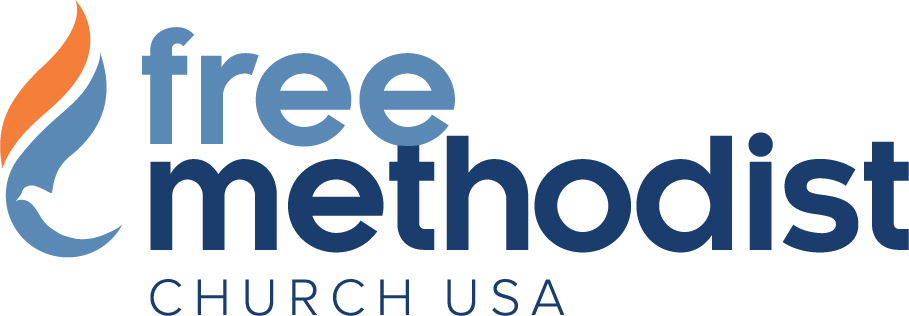HOMOSEXUALITY AND THE CHURCH HISTORIC
By Dr. Bruce N. G. Cromwell
What Does the Tradition Component of the Quadrilateral Have to Say Regarding the LGBT Debate?
Free Methodist Study Commission on Doctrine, 2014
Even a cursory examination of Church history finds numerous statements from mothers and fathers of the faith regarding sexuality, including what contemporary discourse has identified as LGBT sexual orientation.1 When it comes to sexual activity beyond the bonds of marriage between one man and one woman, the Church speaks with one voice: such practice is not consistent with God’s will for human sexuality, procreation, and fulfillment in marriage.
Though the focus of such teaching has varied, from a perversion of roles (males playing the part of females), to the corruption of youth (pedophilia), to the inability to procreate (homosexual activity is not a complementary union, able to transmit life), to the abuse of power (including clergy who engage in sexual liberties), the Church has been univocal. All sexual conduct outside of God’s perfect plan is “ordered toward an instrinsic moral evil.”2
However, in recent years the Church has also been clear and consistent in a call to mercy and compassion. On October 1, 1986, the Congregation for the Doctrine of the Faith of the Roman Catholic Church published its second document on the subject. Signed by Joseph Cardinal Ratzinger and approved by Pope John Paul II, it was called a “Letter to the Bishops of the Catholic Church on the Pastoral Care of Homosexual Persons.” Within it,
